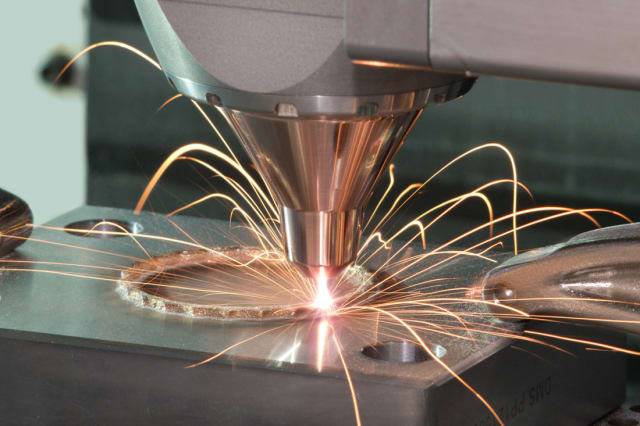


CNC Machine Manufacturers and suppliers in accross India
The manufacturing landscape is undergoing a radical transformation with the rise of hybrid manufacturing technologies. One of the most exciting advancements in this domain is the integration of 3D printing (additive manufacturing) and CNC machine (subtractive manufacturing)—a powerful duo that brings the best of both worlds together. This hybrid approach is not just about combining two machines; it’s about reshaping how products are designed, prototyped, and produced.
Hybrid manufacturing merges additive and subtractive processes into a single, seamless workflow. In essence, parts are built layer by layer using 3D printing and then refined with high-precision CNC machining. This enables the creation of complex geometries that are impossible or impractical to produce with traditional methods, while still achieving tight tolerances and smooth finishes.
Imagine printing a complex metal part and then immediately machining the critical surfaces to aerospace-grade precision—all within the same setup. That’s the promise of hybrid manufacturing.
Each of these technologies excels in different areas:
3D Printing is ideal for:
Rapid prototyping
Complex geometries
Lightweight designs with internal features
Material efficiency
CNC Machining is ideal for:
High precision
Excellent surface finish
Strength and durability
Post-processing and final shaping
By combining the two, manufacturers gain:
Design Freedom + Precision: Design any shape you want, then finish it with high accuracy.
Material and Cost Efficiency: Use only the material needed, reduce waste, and avoid expensive tooling.
Faster Iterations: Create, refine, and test components faster than ever before.
Functional Prototypes: Get both form and function in early design stages.
Design: Start with a CAD model optimized for both additive and subtractive steps.
3D Print: Build the base structure using a metal or polymer 3D printer.
CNC Machine: Refine critical surfaces, drill holes, or apply tight tolerances using a CNC toolhead.
Inspect & Finish: Final quality control and surface treatments (if needed).
Some hybrid machines are even equipped with multi-axis movement, enabling machining from virtually any angle, making the entire process more efficient.
Hybrid manufacturing isn’t just a lab curiosity—it’s already being used across various sectors:
Aerospace: Lightweight, high-strength parts with internal cooling channels.
Medical: Custom implants and prosthetics with smooth, safe surfaces.
Automotive: Rapid tooling, custom parts, and performance components.
Tool and Die: Repairing worn tools or adding complex features to existing dies.
Despite its advantages, hybrid manufacturing also brings a few challenges:
Software Integration: Coordinating CAM software for additive and subtractive processes can be tricky.
Machine Cost: Hybrid systems are still relatively expensive and specialized.
Skilled Labor: Operators must understand both additive and subtractive methods.
However, as the technology matures and becomes more accessible, these challenges are likely to diminish.
The future of manufacturing is not either/or—it’s hybrid. As industries continue to push the limits of design and functionality, the integration of 3D printing and CNC machining provides a powerful solution for innovation. Whether you’re in prototyping, production, or repair, this technology is worth watching—and investing in.
